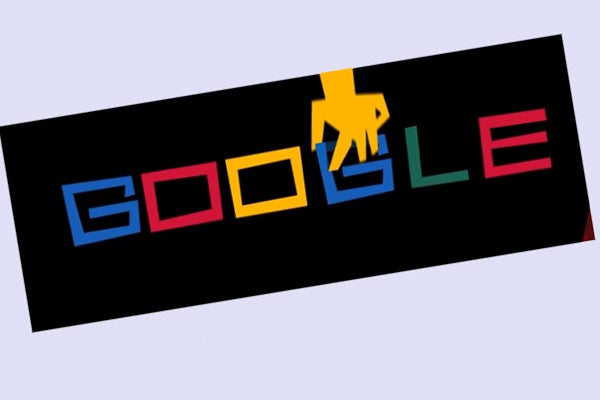Google Doodle celebrates Saul Bass, Hitchcock film credit creator

Probably one of the most elaborate animated Google Doodles has appeared today to celebrate the birthday of Saul Bass, the designer of film title credits, posters and corporate logos.
Working with film-makers such as Alfred Hitchcock, Martin Scorsese, Stanley Kubrick and Billy Wilder, Saul Bass created a vast amount of memorable film credit sequences over his 40-year career.
Bass died in 1996, but Google is celebrating what would have been his 93rd birthday with an animated doodle aping some of the designer’s well-known title credits animating the Google logo.
Born in the Bronx district of New York, Bass first began working on print film advertisements during the 1940s in Hollywood. However, his first career break came when he was hired by Otto Preminger in 1954. Preminger ask him to create a title sequence for the film Carmen Jones, which turned out to be one of the most innovative of the time, using an animated flaming rose.
Until that point, film title sequences had been to show names and titles on cards against an unmoving backdrop, so Bass’ ideas were ground breaking.
His next project was for a film named The Man with the Golden Arm, for which he created a strong graphic image made from white lines transforming into a twisted arm. This image was then used for all the film’s publicity material, paving the way for the movie marketing we see today.
Working with Hitchcock, Bass created the title sequences for North by Northwest, Psycho and reemployed his line concept for Vertigo, which became a swirling vortex.
Casino in the 1970s was his last completed credit sequence. Starring Robert de Niro, the title sequence for the Martin Scorsese film saw de Niro launched through a raging montage of Las Vegas neon lights by a car bomb.

